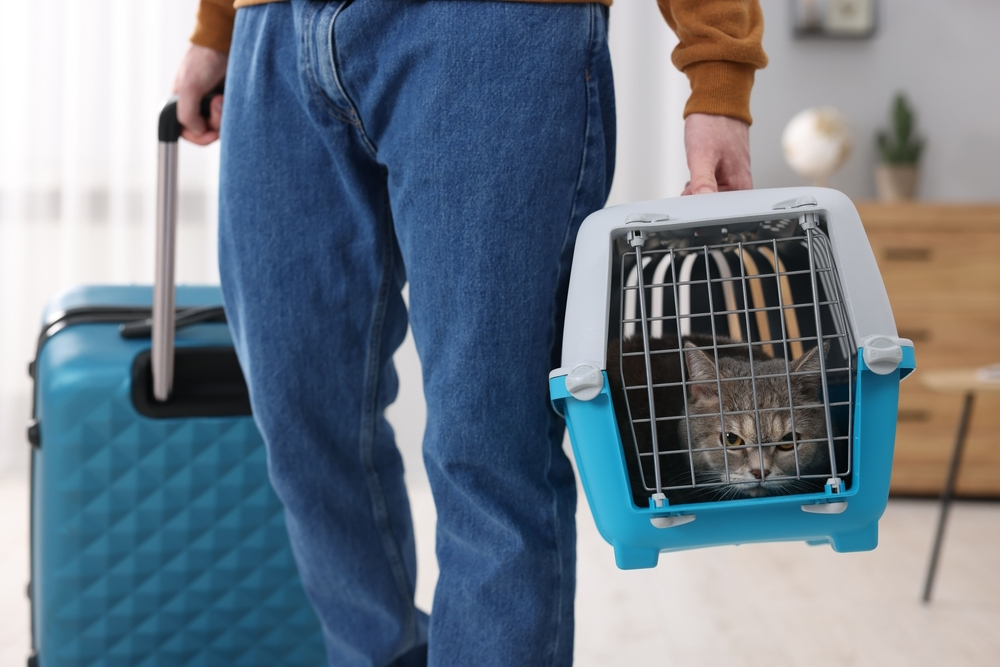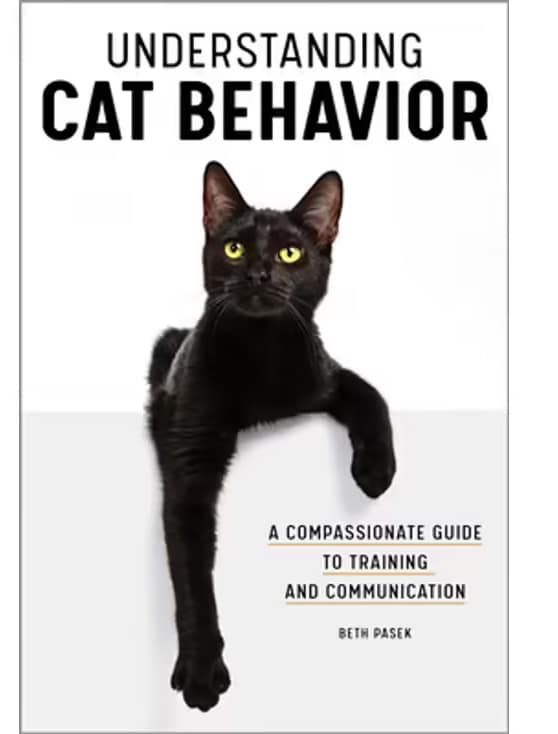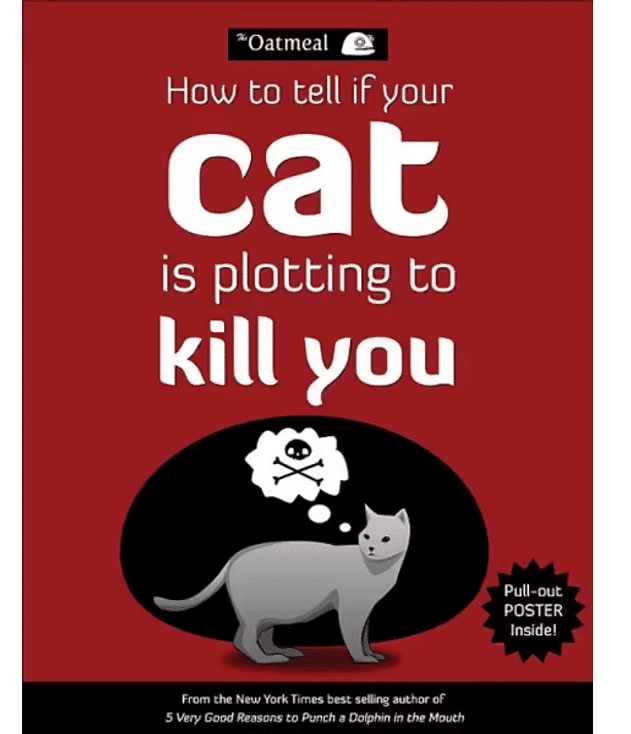Wee!!! More Things to Love About Cat Litter Boxes
Hi, I’m Dr. Lauren! Read my introduction to learn more about me and my two adventurous cats, Pancake and Tiller. Urine, pee, wee… it goes by many names. But, similar to an article I wrote a while back about stool in cats, urine can be equally informative for the owner of a furry feline. Not only does […]











